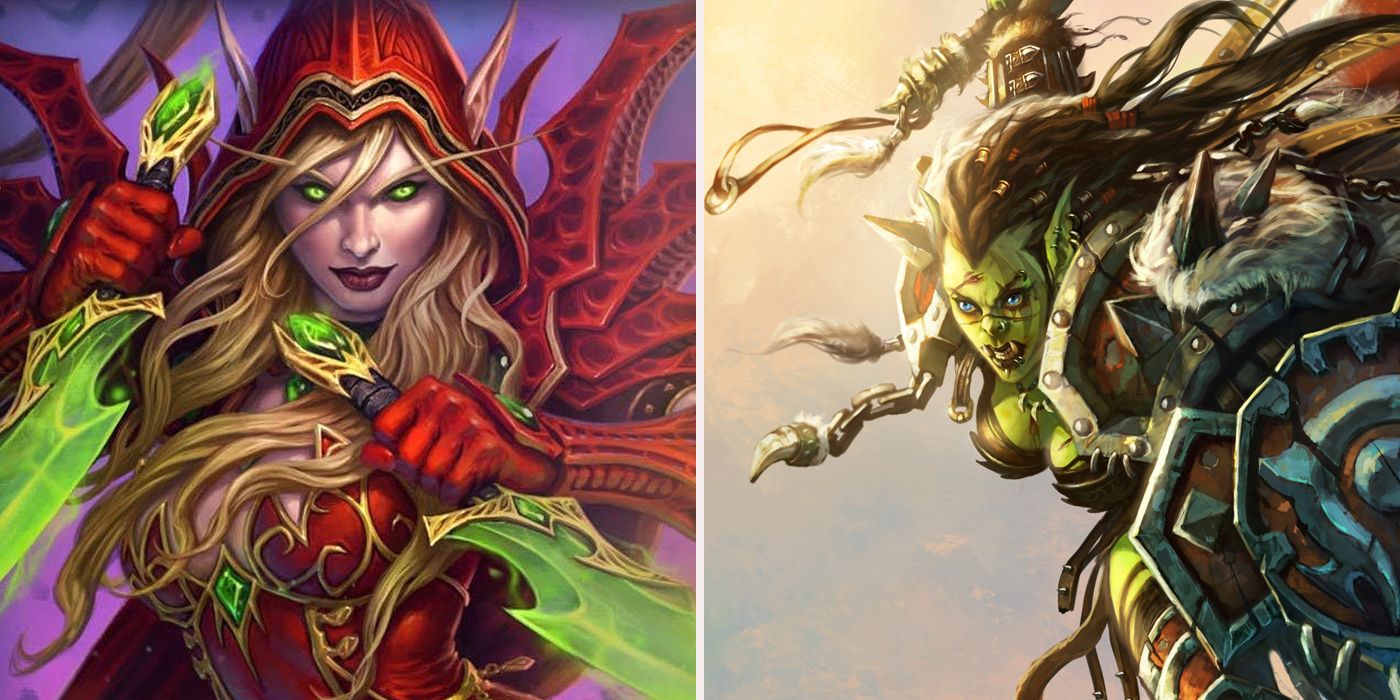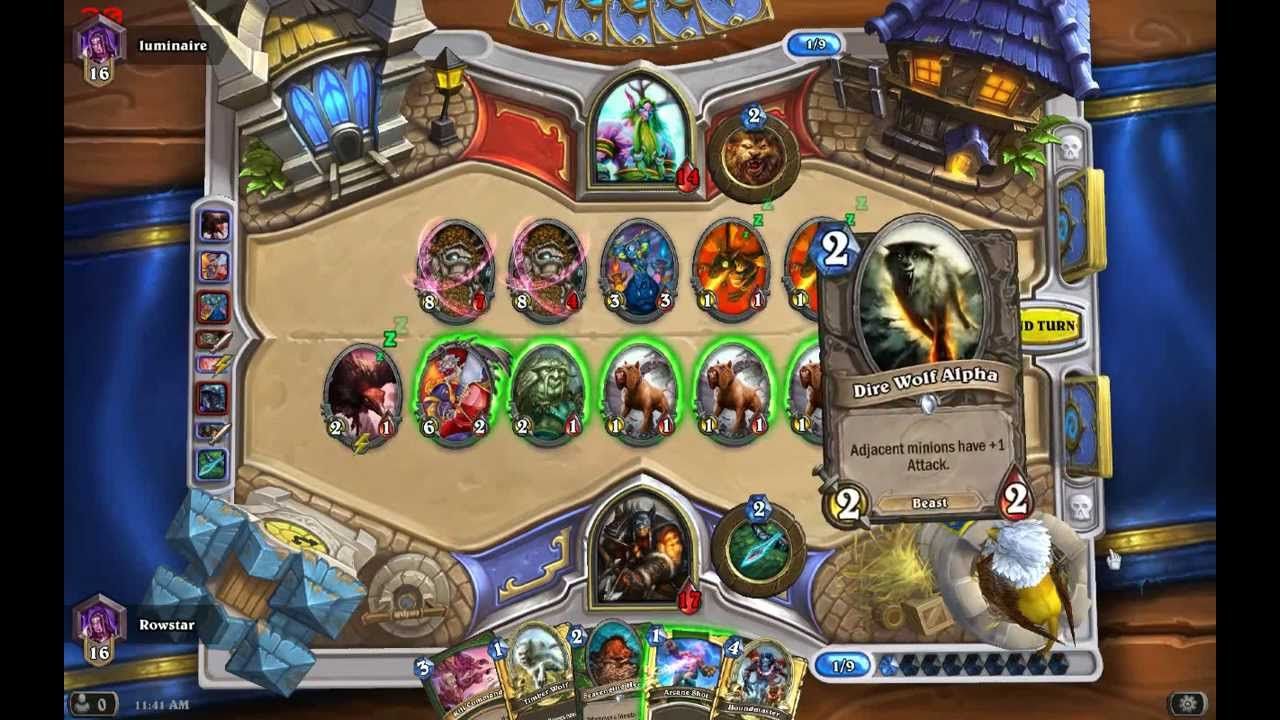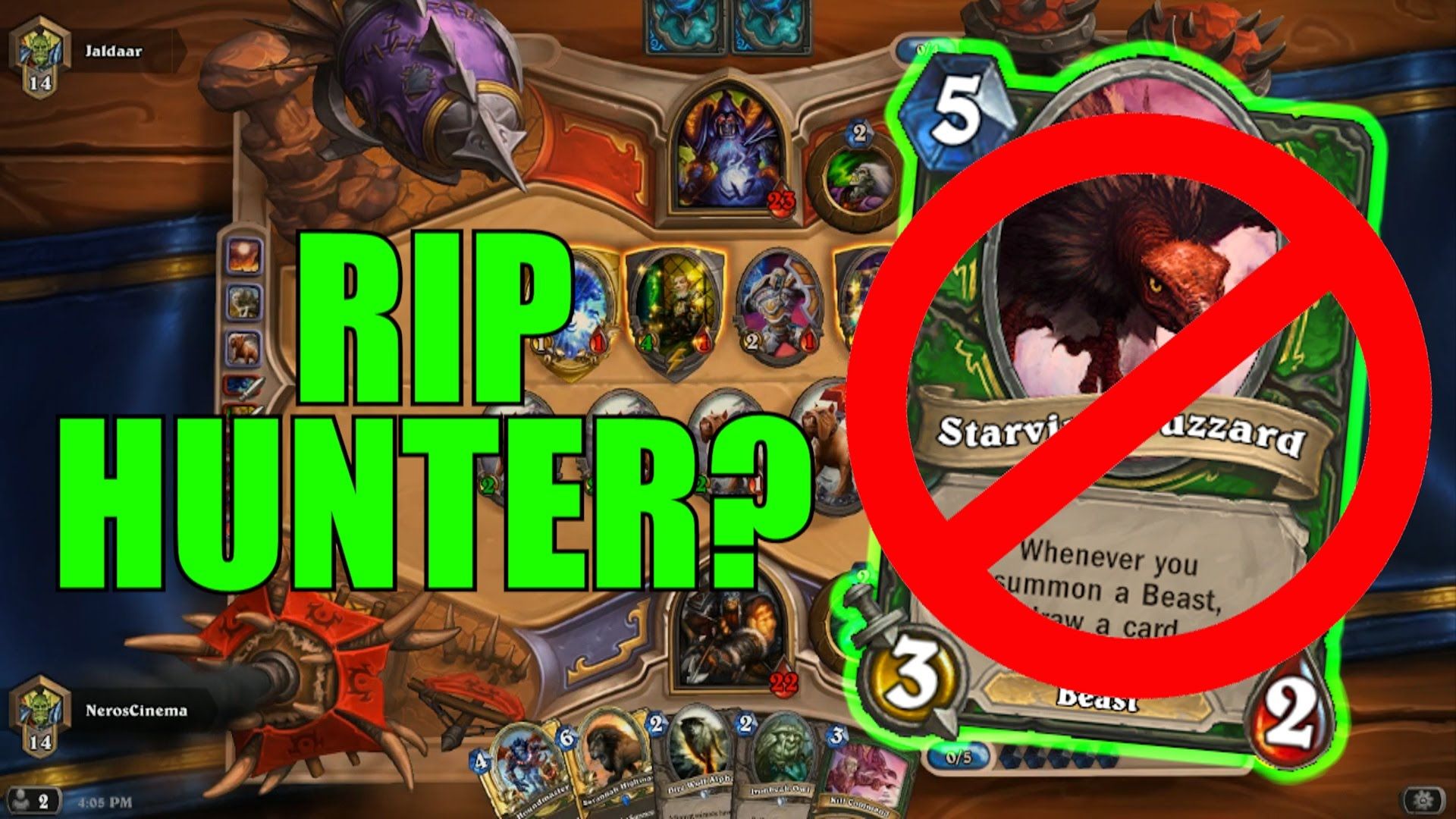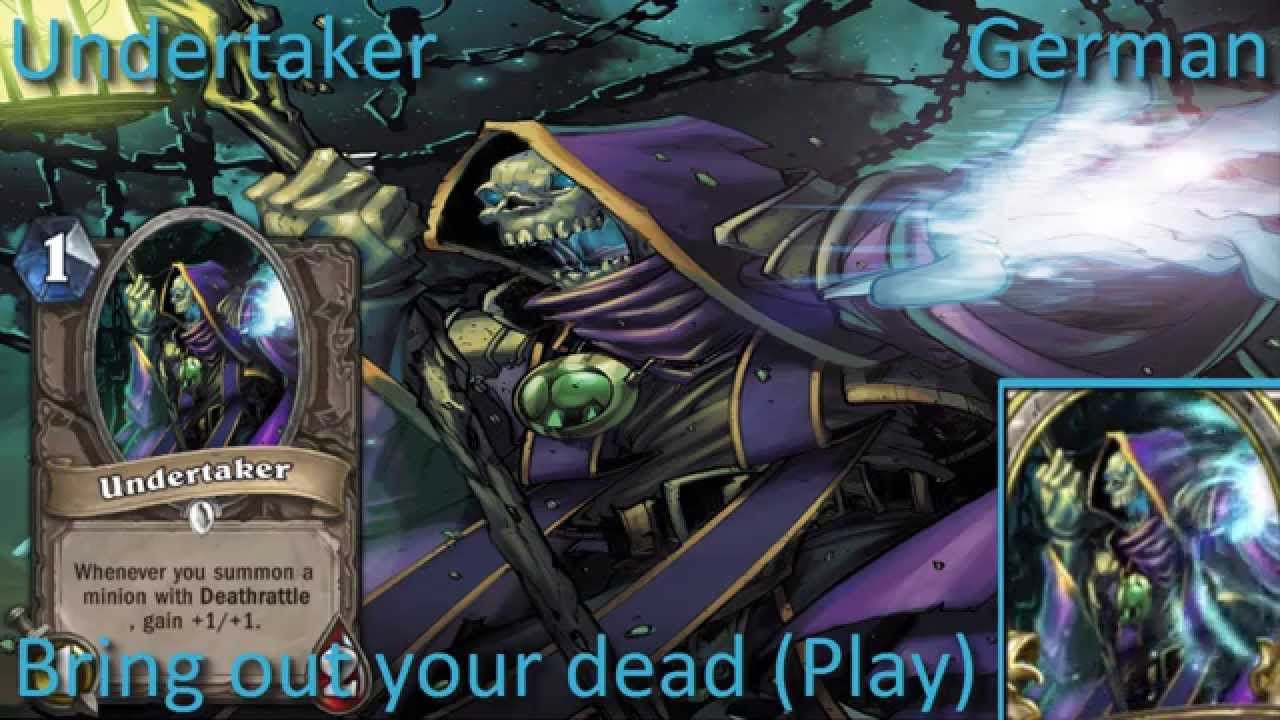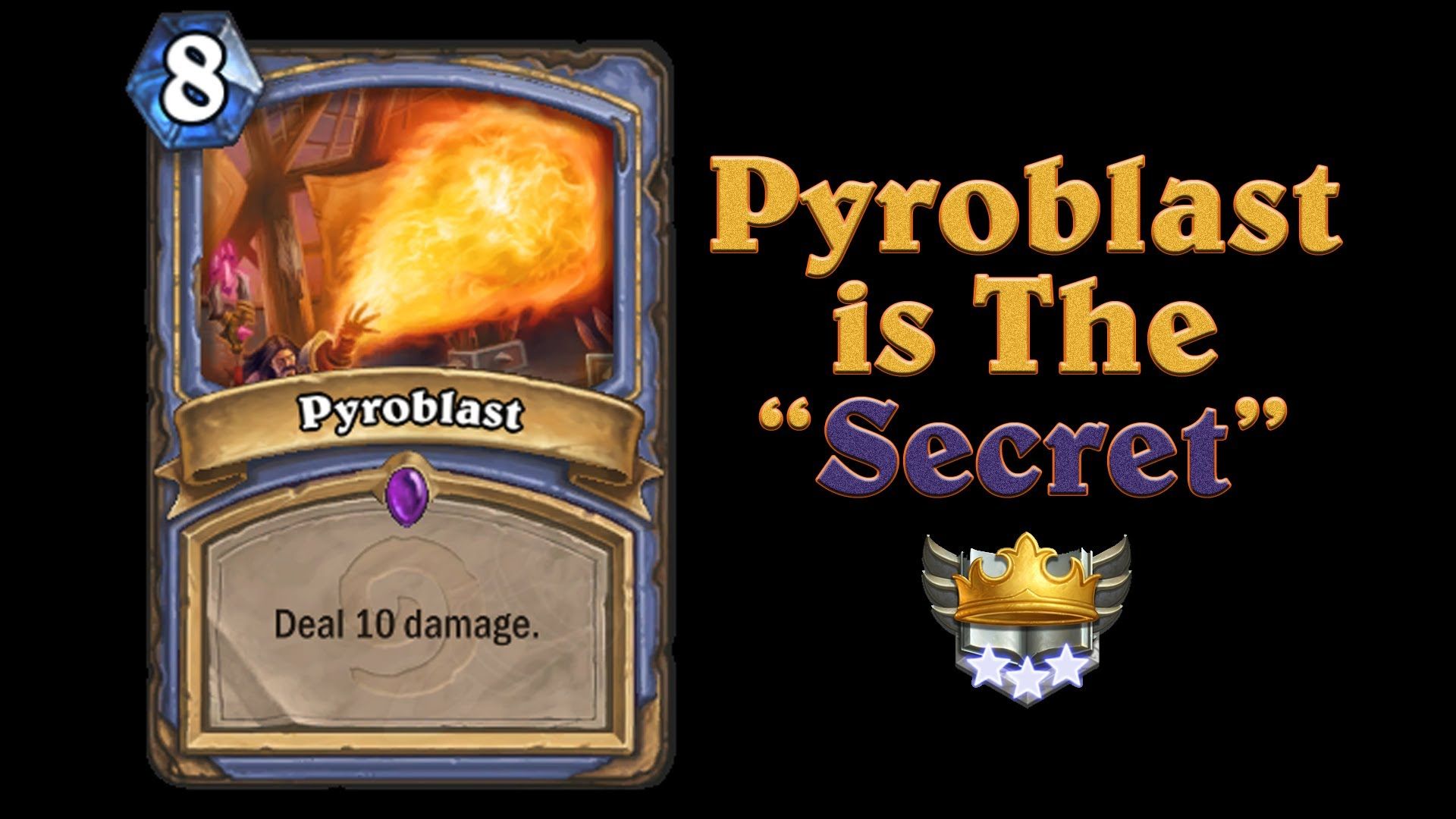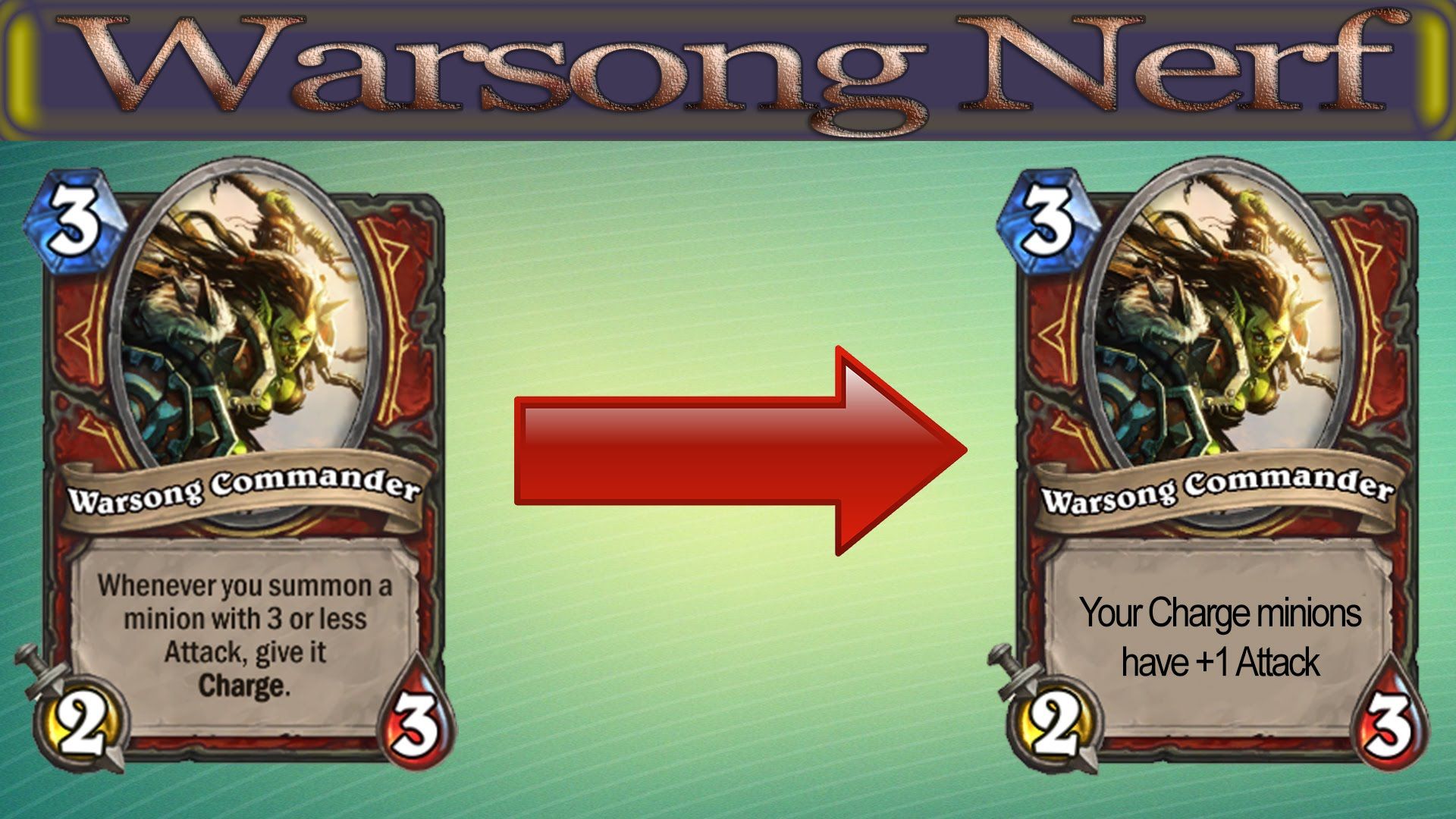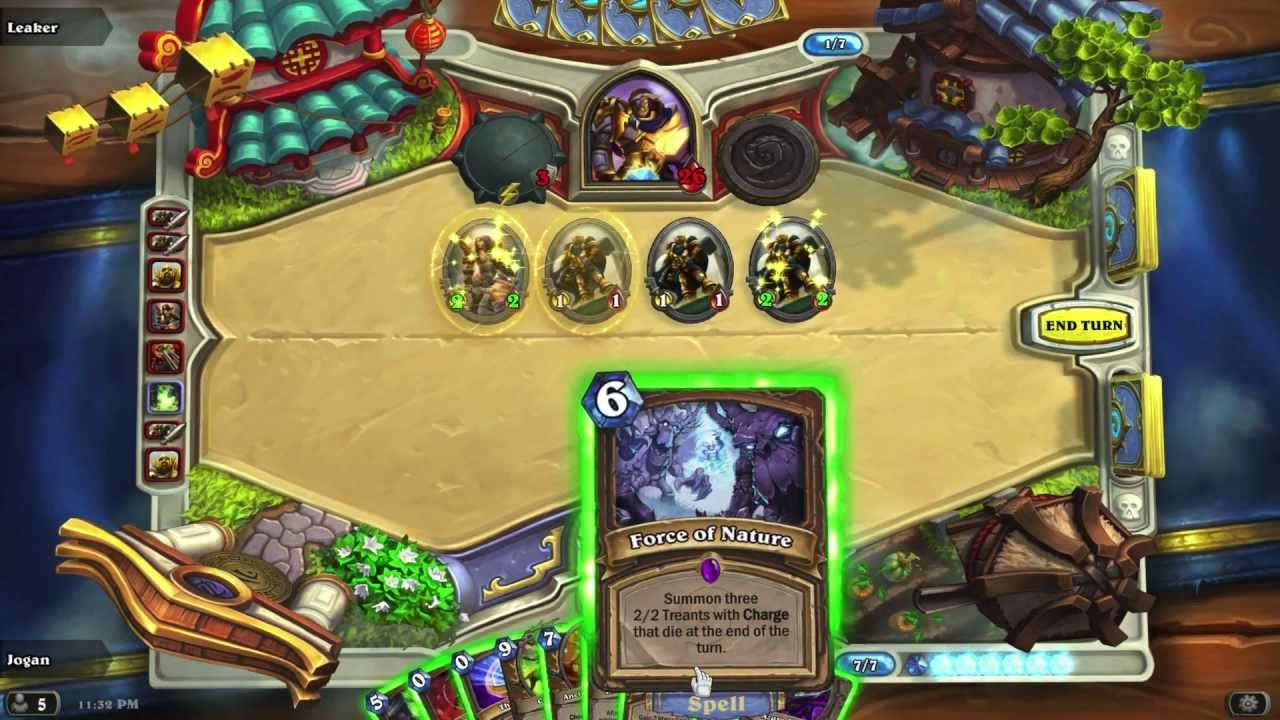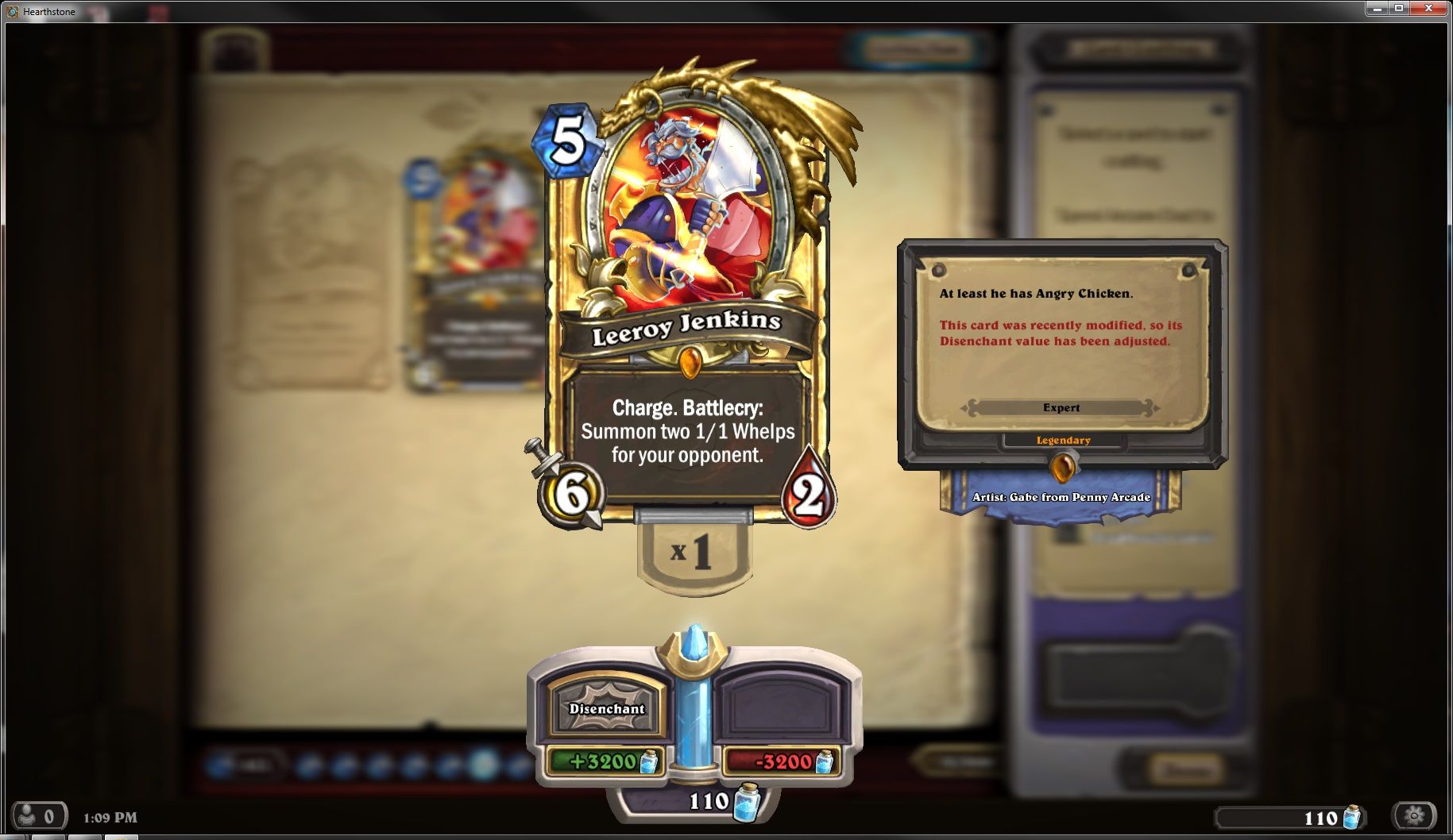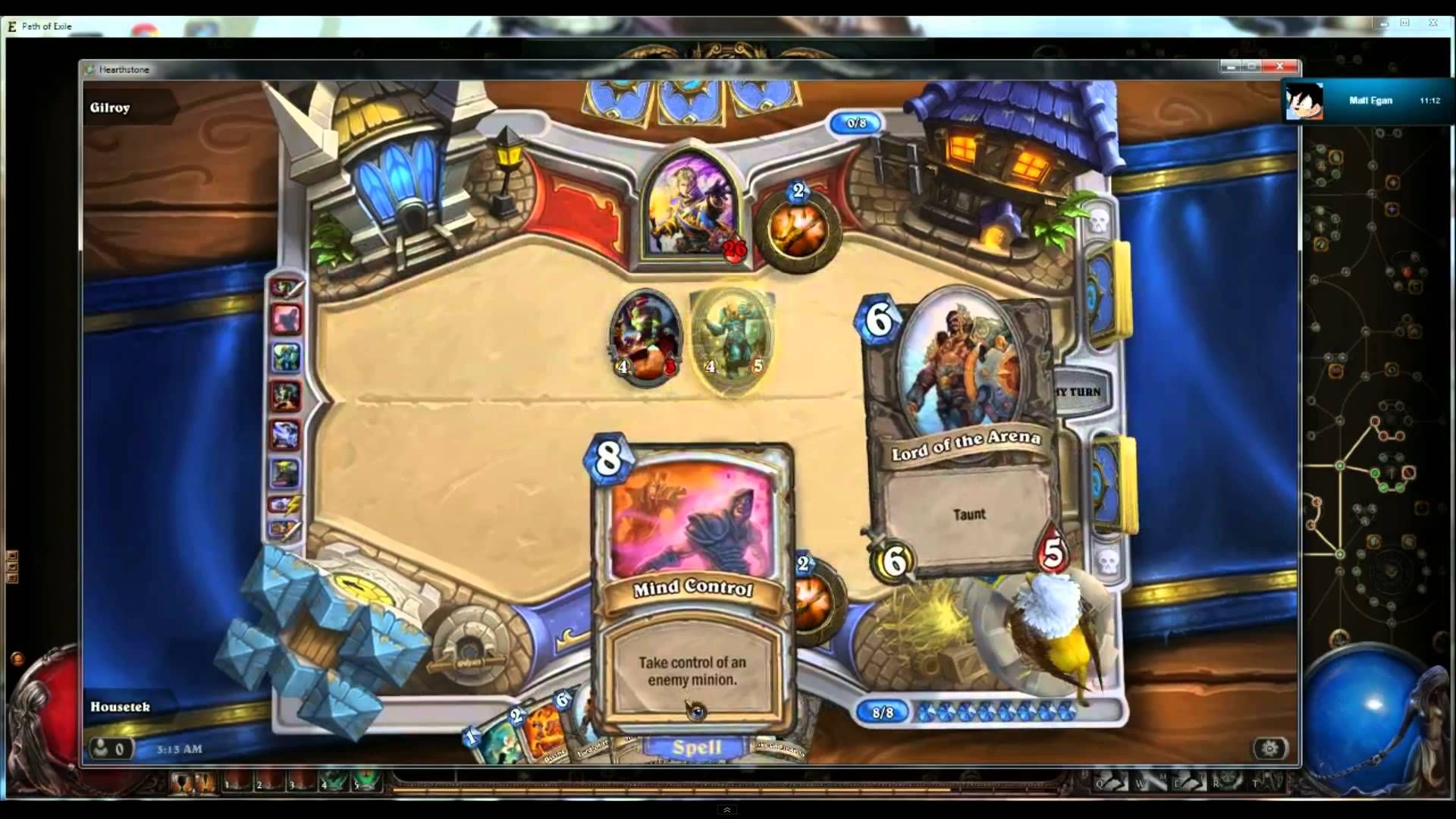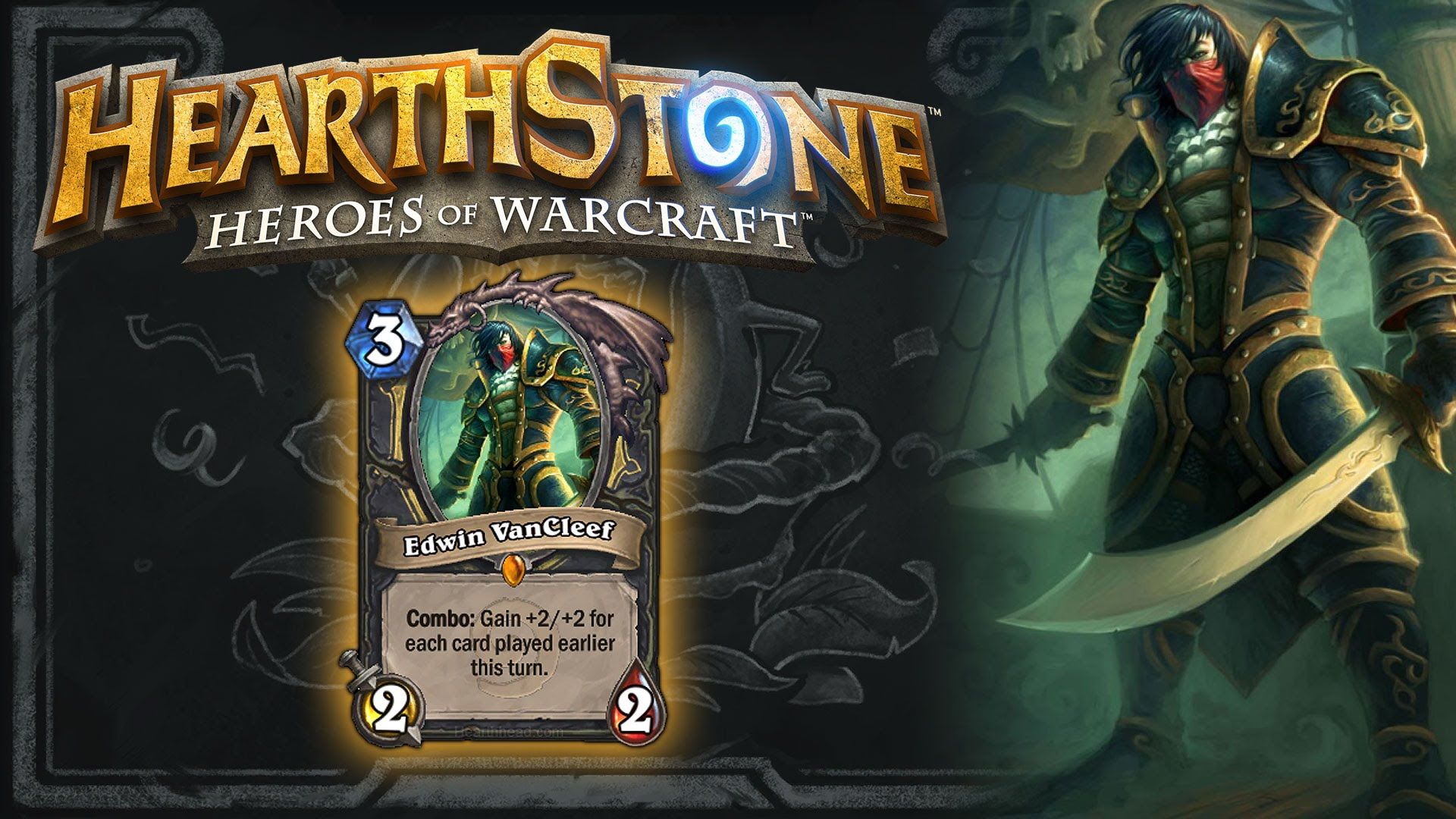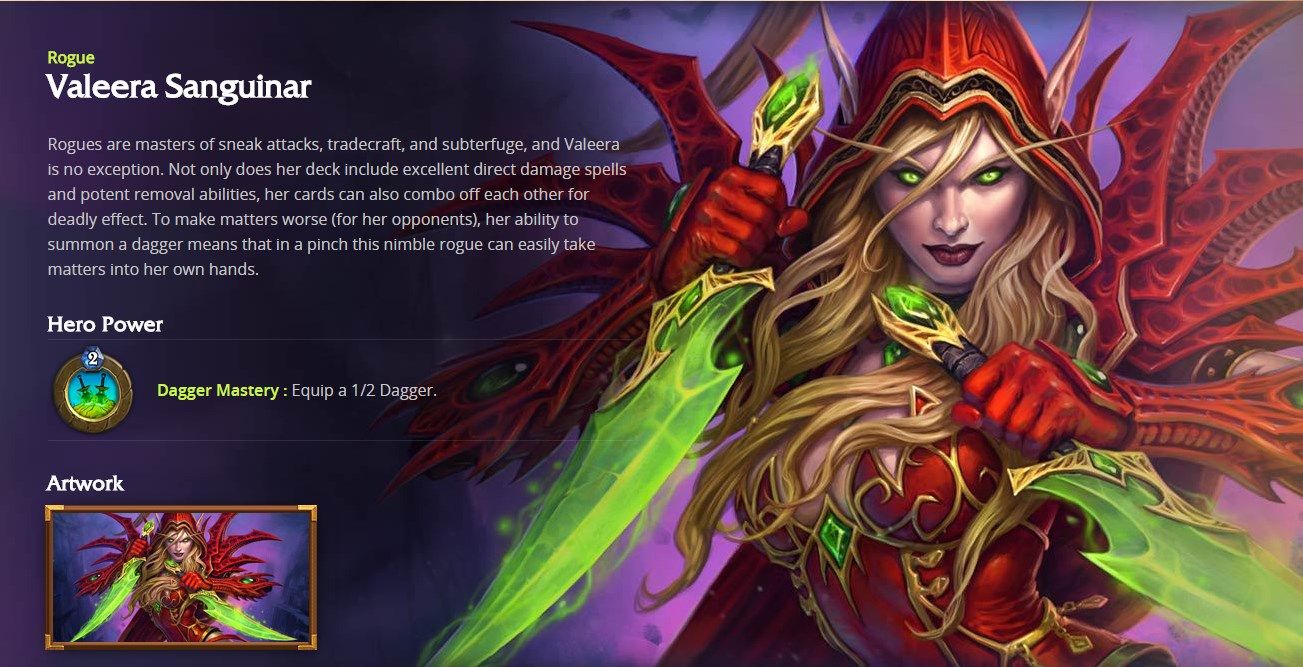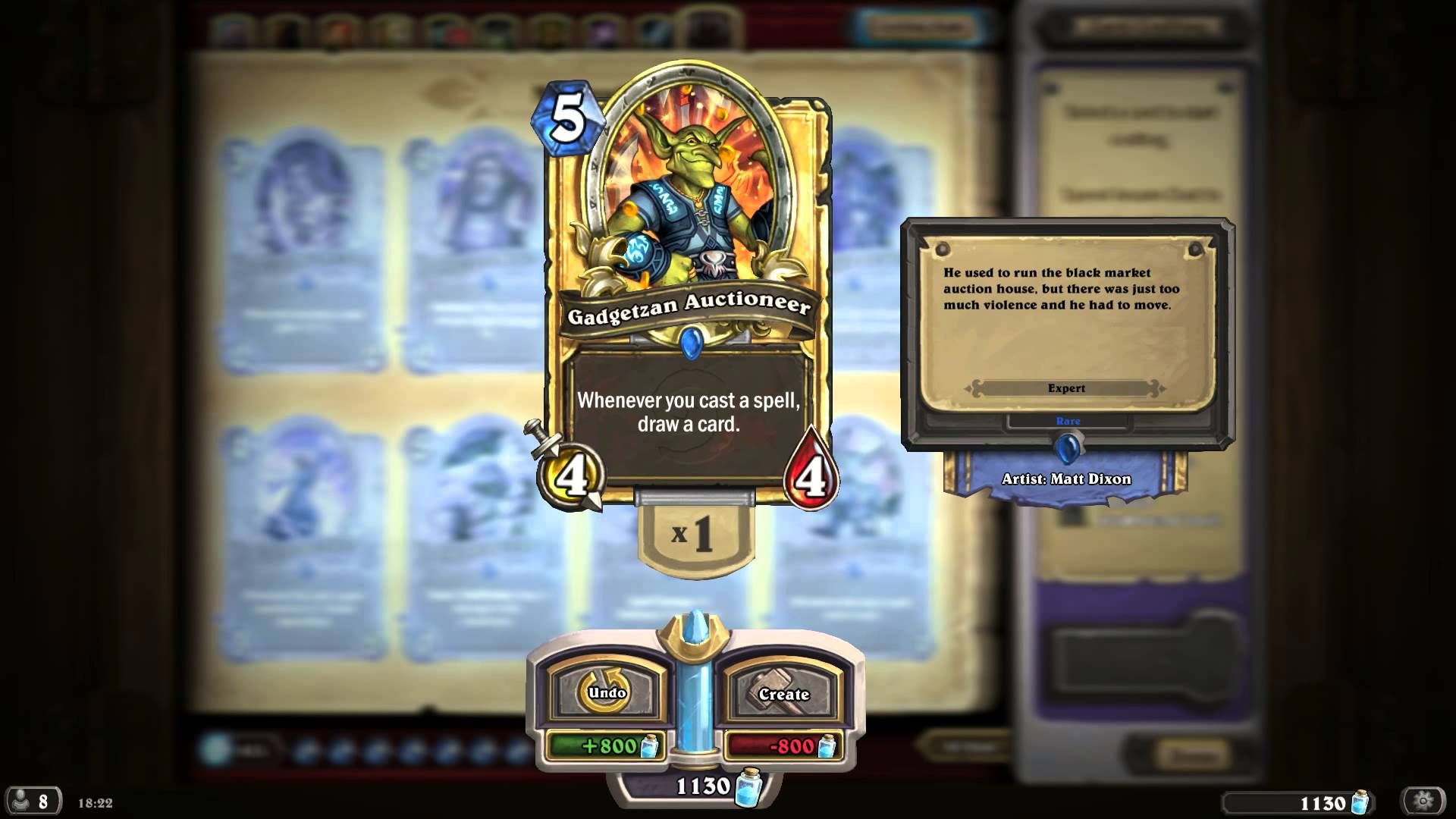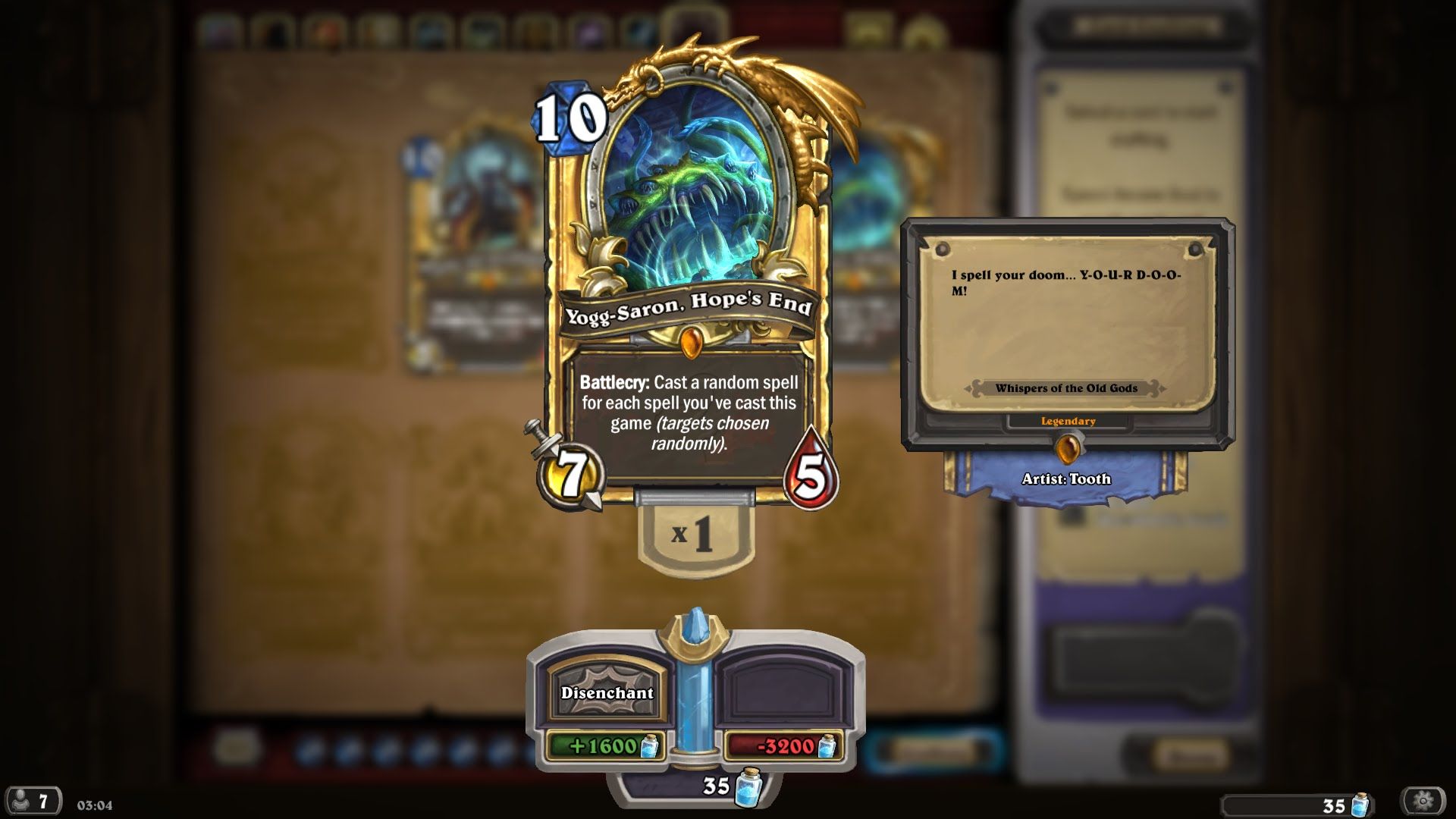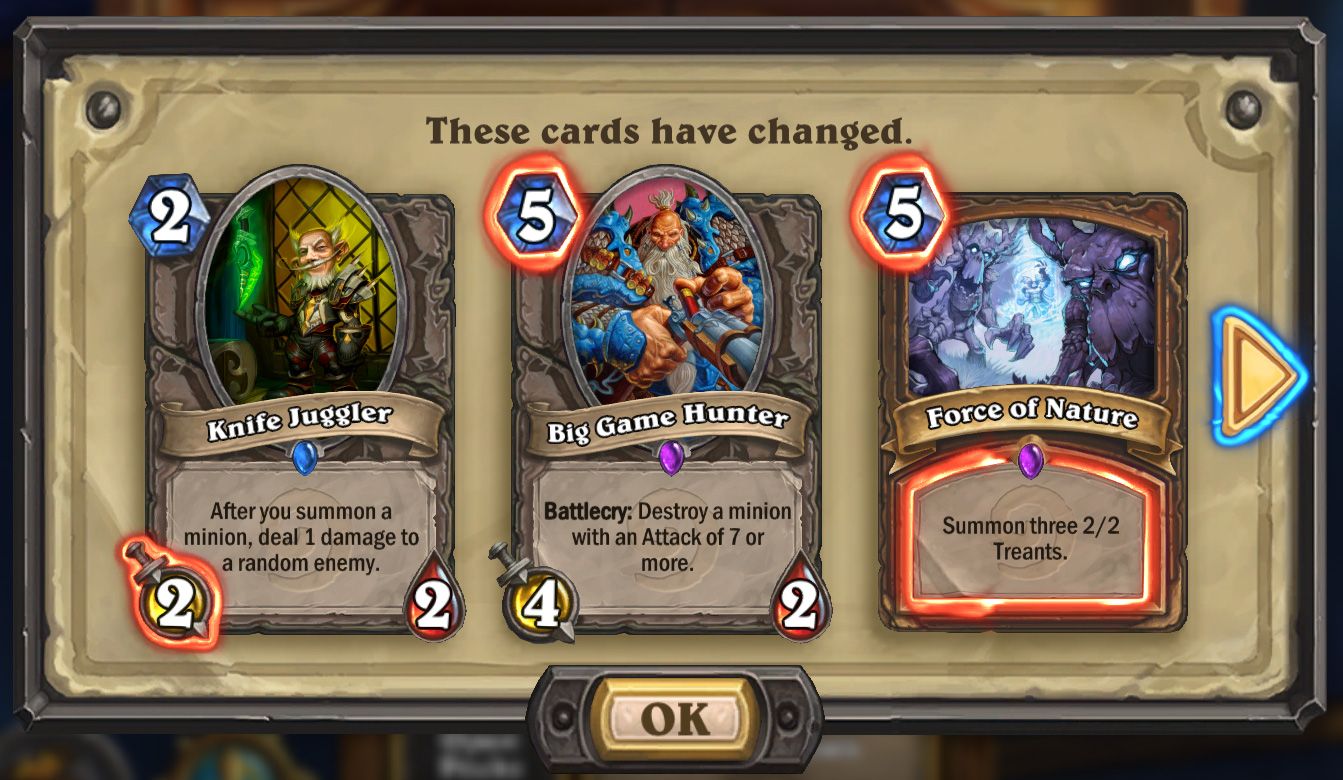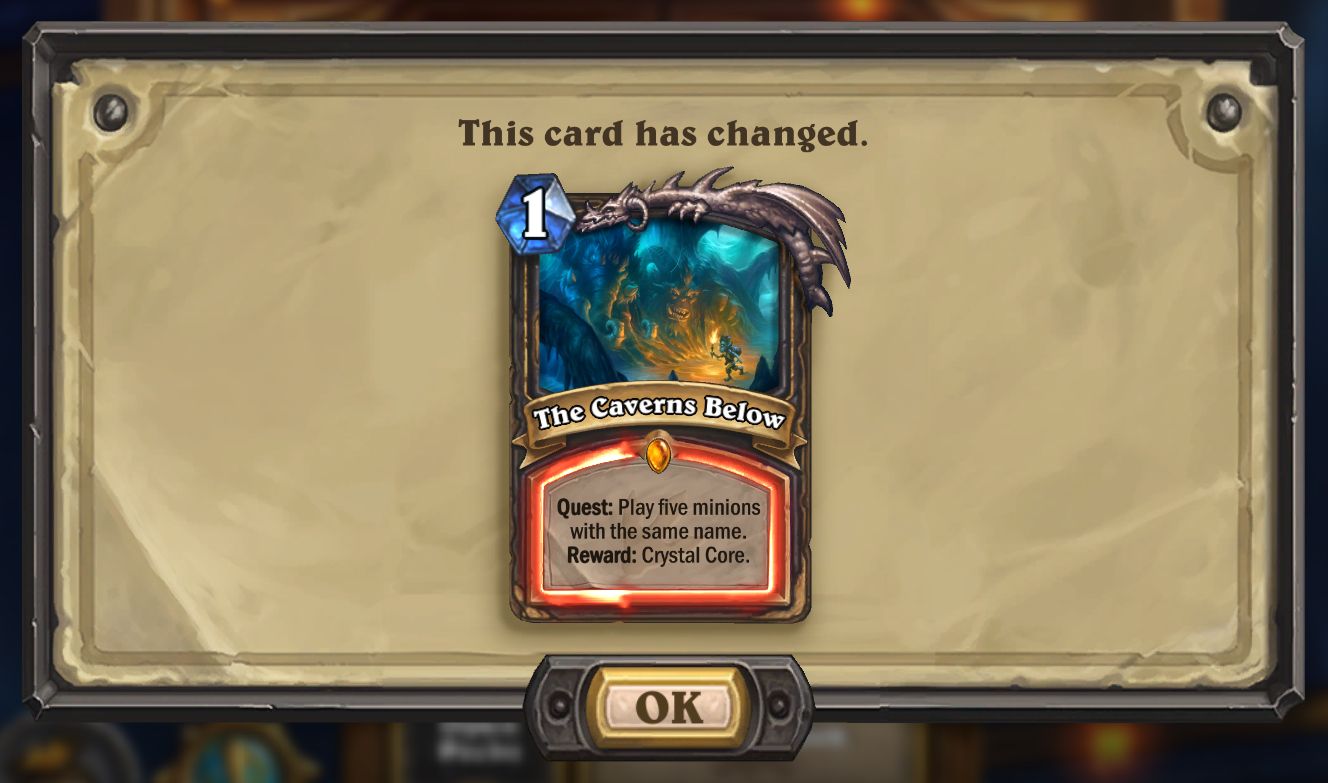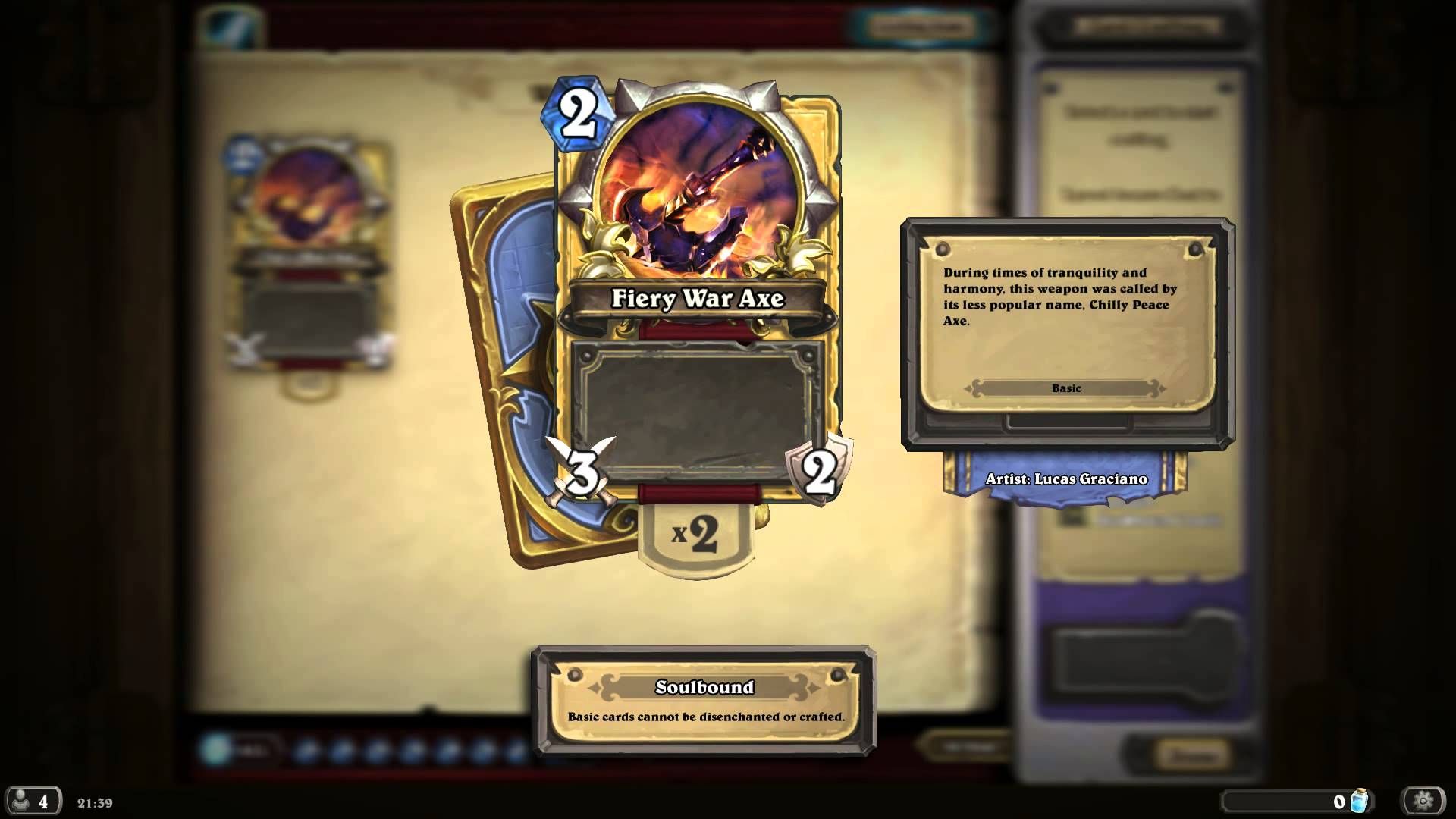The popularity of Blizzard’s Hearthstone is monumental and just keeps on growing. This past May, it passed the 70 million active players mark, and the recently released Frozen Throne expansion is sure to push that number even higher.
These are highly impressive figures given that Hearthstone has only been out for 3 and a half years now, but how does Blizzard acquire so many fans of the game and keep them loyal? The answer is that they are constantly monitoring the game community and, in addition to their keen understanding of card battles, they listen to their fans.
The developers of Hearthstone are constantly re-balancing the meta for the competitive ranked games. Introductions of new card sets that allow for creation of new decks, as well as augmenting older ones, make the game in an almost constant state of flux that the loyal fanbase is always quick to harness.
However, sometimes these changes create problems within the meta. While the game is designed to keep things fresh and weed out older deck builds, there are occasional adverse effects on current and past cards that require fixing.
There have been many cards that work a little too well with others and consequently ruin the viability of others that weren’t meant to be made obsolete at the time. It’s a delicate balance to maintain, and the changes have been met with both praise and criticism.
Here are 15 Hearthstone Cards That Had To Be Banned (Before They Broke The Game).
15. Unleash The Hounds
The Unleash The Hounds card has been changed as much as any, with a total of 4 incarnations including the current one. A Hunter exclusive card that can be used to balance a board or deal major damage to the enemy hero, Unleash The Hounds has been viable in most Hunter decks to this day.
However, the way it started out in retrospect was way overpowered. As a 1 cast card that gives all your other beasts +1 attack and charge, it was too easy to combine with strong beasts and deal an overwhelming amount of damage and leaving the opponent with no real chance to counter it.
The first nerf made it recognizable today, increasing the cost by 3 and giving one hound for each enemy minion. This was a little too high of a cost though, and the next change reduced it down to 2.
It stayed this way for a little while, but other changes in the Hunter class once again made it too cheap, and it finally settled on the 3 cost it is now. It may have taken some time, but Unleash The Hounds is a good example of the evolution of the Hearthstone meta.
14. Starving Buzzard
As another Hunter exclusive, Starving Buzzard was an essential part of the same early Hunter deck that made Unleash The Hounds so dangerous. Starting out as a mere 2 cost card, Starving Buzzard allows the player to draw a card for every beast they summon.
The Hunter deck has never lacked for quick minions, but the cheap cost of this card in combination with the first three versions of Unleash The Hounds was just too much. The quickness of the minion drops and card drawing left most other decks in the dust, which greatly affected the ranked competitive games.
It was an early example of the "rush or lose" problem that has always surrounded the ranked ladder. The first change was to reduce the Buzzard’s toughness to 1, which made it an easy kill for many decks, but it still wasn’t enough. The real nerf happened when the card’s cost was upped to 5, where it stands today.
This essentially made the Starving Buzzard undesirable for fast Hunter decks. Though it is still seen sometimes in wild, the Starving Buzzard has all but disappeared from the decks of the best players.
13. Undertaker
Deathrattle-focused decks have long been a favorite among Hearthstone players, and every expansion set has had at least some cards catering to this style. The Undertaker, introduced in the Naxxramas expansion, was originally a 1 cost card that, when you summoned a deathrattle minion, would gain +1/+1.
There are several cards with a similar advantage like the Secret Keeper and Mana Addict, but the problem with the Undertaker is two fold. First, minions are generally easier to deploy rapidly than secrets or spells, and secondly, Undertaker was an early, high-priority target that could be too hard to take out with the right deck to maximize its ability.
An ever-scaling 1 cost card that could be built upon every turn made Undertaker a card that most decks tried to include, resulting in disturbances across the entire meta at the time. Non-deathrattle decks were pushed farther down the ladder, and players who wanted to compete needed to build anti-aggro decks just because of this card.
It was eventually changed to gaining just 1 attack rather 1 for both attack and toughness, making it very easy to deal with and rendering it obsolete in high ranking games.
12. Pyroblast
In the early days of Hearthstone, the Pyroblast was considered essential to many players. The Mage class often focused on direct damage, and Pyroblast was and is its highest dealer, with 10 points directed at any target the player chooses.
Originally, it was an 8 casting cost, which seems strange if you are new to the game, but back when the Mage had much more limited control options, it wasn’t bad. It was really the only card the class had that made opponents wary, as it could end the game quickly at the right time.
The problem was exactly that though, because most Mage players’ only viable option was to stall until they can Pyroblast two turns in a row, making for a rather boring play style for players and opponents. As expansions were added, the Mage gained arguably the most out of any class, with several different deck builds that can compete at the highest levels.
The time of the Pyroblast being a top mage card was over, and so the developers increased the casting cost to 10, which is fair for the current meta. Pyroblast can still be seen sometimes, but has largely fallen out of favor.
11. Warsong Commander
From the beginning, everyone knew that the Warsong Commander card was going to be trouble. It started as a 3 cost, 2/2 minion that gave all of your other minions charge. However, the developers didn’t think this was enough and actually increased its toughness to 3.
The amount of damage this can cause is almost limitless even though it is a Warrior exclusive card. The peak of this card’s viability came in its third form, where it was a 3 cost, 2/3 minion that gave any summoned minion with 3 or less attack charge.
Once this happened and the Blackrock Mountain expansion dropped, the infamous Patron Warrior deck was born. The Grim Patron is a 3/3 that spawns a copy of itself whenever it survives damage. With the Warsong Commander and several damage dealing cards, the Patron Warrior deck was nearly unstoppable for months in competitive play.
The best hope many decks had against it was that whoever is playing it draws a bad hand and never sees the Patron hit the board. Players tried for months but not too many good counters came until the Warsong Commander was nerfed to only charge minions gaining 1 attack.
10. Force Of Nature
The only Druid exclusive card on the list, Force Of Nature was a critical part of the midrange Druid deck that got hit hard in early 2016. The first incarnation of this card was a 6 cost spell that summoned 3 2/2 treants with charge.
Ideally, it was combined with the 3 cost spell Savage Roar, which gave all your characters 3 attack for the turn. 9 mana cost for that damage is not bad in and of itself, but the rest of this midrange deck had a wicked curve that almost guaranteed enough damage to be put on an opponent by the time turn 9 came up.
Aside from the minions and spells, the Druid excels at building maximum mana with cards like Wild Growth and Innervate. Combined with the deck curve and mid cost cards like Loatheb and Emperor Thaurissan, the Druid had a setup that would deal a minimum of 14 damage on turn 9, and with a good chance to do a lot more if the right cards were in place.
The card was changed to 5 cost and taking charge away from the treants, which instantly eliminated that version of midrange Druid from higher ranks.
9. Leeroy Jenkins
Born out of the classic viral video from World of Warcraft players, Leeroy Jenkins is a card that specializes in dealing massive damage in a single turn. As a high priority target, Leeroy has almost no hope of surviving more than a one round, but there are several cards that increase his damage output that make his sacrifice more than worth it.
Originally, Leeroy was a 6/2, 4 cost card that summoned two nearly useless 1/1 whelps for the opponent. This made it highly modifiable, particularly with the Rogue, which could use cards like Cold Blood and Shadowstep, as well as neutral cards like Faceless Manipulator, to deal devastating damage to an opponent in no time flat.
Leeroy’s change came in increasing his cost from 4 to 5. This might not seem like much, but in Hearthstone it is a critical juncture between early/mid game and late game. 5 cost cards are chosen carefully, and with others like Sludge Belcher high on the priority list, Leeroy was forced down and is now mercifully seen in only a select few charge-based decks and almost never in the high ranks.
8. Mind Control
The earliest form of Mind Control didn’t last long, but it was definitely a problem for the short time it was around. This card steals a chosen minion from the opponent, and even in the early days of the game, the 8 cost of this game changer was too cheap.
Mind Control is one of the cards that can completely change the tempo of the game when it is used, so anyone playing against a priest must always assume the opponent is holding in their hand. This affects how an opponent plays and how fast or in what order they want to play their deck.
Few cards have that kind of effect on players by threat alone, and so the card was changed from being an 8 to a 10 cost card. Maximizing the cost was a great move and one that was necessary because it gave opponents ample time to prepare for the spell, as well as relaxing the pressure for its inevitable drop on the 8th turn.
This is another example of a seemingly small change that has much greater effects than one might think. Mind Control is still fairly popular in Priest decks and can still be effective.
7. Edwin Van Cleef
One of the Rogue exclusive Legendaries, Edwin Van Cleef started out differently in the closed beta than he is now. Currently, he is a 3 cost, 2/2 combo card which gains 2/2 for every other card you play this turn. In the Rogue deck, which has a strong focus on fast casting spells like False Coin and Conceal, Edwin is a prime candidate for many builds.
However, early on, he was a 1/1 that had stealth when it hit the board. The problem with this was that, despite the low strength and toughness, the stealth trait made the card too powerful for an early game drop.
Edwin is a perfect example of a high risk/high reward card now, but that’s because without the build in stealth ability, the Rogue player must use Conceal or another stealth-giving card to hide him from the opponent.
Being that Edwin is a high priority target, the automatic stealth made it far too easy to build up a version that is 10/10 or more, and without a taunt minion or something else to counter its attack, the opponent had very few options when it came to dealing with it.
6. Rogue Hero Power
Probably the most surprising entry on the list for many newer players, the Rogue’s original Hero Power was a part of what made the earliest version of that class so powerful. It used to be that the power had 2 functions, the current "equip a 1/2 dagger," and "give your current weapon 1 attack this turn."
This was a problem for a few reasons. For one, it meant the Rogue could deal a consistent 2 damage per turn to the enemy hero, provided the opponent didn’t have taunt minions. With the Rogue’s focus on quick spend and return cards, it was also a great help to the class weapon Assassin’s Blade, which at 3/4 made it too easy to deal 4 damage in the hand, with slightly diminishing returns on the turns thereafter.
Some supporters and critics alike point out that because the Rogue has no class healing or armor cards, the danger the Rogue puts herself in with weapon attacks balances this offense, but the developers disagreed and rightfully kept the Rogue Hero power as simply "equip a 1/2 dagger."
5. Gadgetzan Auctioneer
The Gadgetzan Auctioneer is a card that has seen highs and lows in the ranked meta. Since it was one of the cards from the classic set, it enjoyed a good run early on and seemed to work best with Rogue decks.
As a 4/4 that draws a card every time you cast a spell, it is both a fairly tough minion and a card with a great ability. At first it was 5 cost, making it a careful choice even then, but the dividends it pays were well worth its inclusion.
Central to the Miracle Rogue build, Gadgetzan Auctioneer didn’t have much viability with other classes that didn’t focus on fast spells, and so it wasn’t seen too much outside of that deck. As the meta changed, Miracle Rogue became less viable and the Auctioneer fell out of favor, but it saw a resurgence during the Mean Streets Of Gadgetzan expansion.
With fast moving Jade Golem decks in the forefront, it was changed to a 6 cost to offset the popularity. It is still used in Miracle and Jade decks, which are some of the most hated builds in the community.
4. Yogg Saron
From the Whispers Of The Old Gods expansion, Yogg-Saron is one of four of said Old Gods, and one of the primarily sought-after legendaries of the set. At a glance, even casual players will see the value in Yogg: a 10 casting cost whose battle cry is cast a random spell for every spell you’ve played this game.
The targets are random as well, should the spell call for one, and the spells are guaranteed to be cast even if Yogg himself dies. Chaos is not a reliable ally in high ranking Hearthstone games, and Yogg, while fun to play sometimes, was the subject of a ton of player complaints.
Players felt that he ruined the the carefully planned strategic elements that defined the top ranks of Hearthstone by allowing players of any skill level to possibly achieve high ranking wins on sheer luck.
The randomness sometimes backfires, but those who put a lot of money into their builds did have a legit gripe. Yogg-Saron was changed in that if he dies during the course of his battle cry, the spells stop, which perfectly satisfied top players by taking away his top-tier viability while keeping it a fun card.
3. Big Game Hunter
Of all the cards on the list, this one was met with some of the most laments in all of Hearthstone. Card removal is one of the most valuable abilities in the game, and the Big Game Hunter did just what his namesake suggests by destroying a minion of 7 or more attack upon play.
This card started out as a 3 cast cost and a strength and toughness rating of 4/2. Clearly an excellent addition to most decks, BGH boasted good attack power in addition to the battle cry. While 4 attack for a 3 cost card is very good, the problem of the battle cry grew as more classes had more ways of removing cards.
Additionally, the changing meta allowed a greater variety of both class and neutral high-attack cards that made the BGH too easy of a card to play for too great a reward. Hardly the first victim of such a change, the cost was increased to 5, which changes everything.
Now a card in a spot that has precious few viable slots, the BGH suffered an instant and near complete removal from high ranked games, and is rarely ever seen since.
2. The Caverns Below
The Journey To Un’Goro expansion really shook things up by introducing "quest" cards to each class. With each class having one unique quest that was a legendary card, it perhaps more than any other expansion gave newer players a shot at building an inexpensive, competitive deck.
The Rogue’s quest is called The Caverns Below, and its goal is to play 4 minions of the same name and be rewarded with The Crystal Core, which makes all of your minions 5/5 for the rest of the game.
This deck was an instant nightmare for everyone because with cards like Shadowstep, Preparation, and Gadgetzan Ferryman to assist, a Rogue could have this monster out in very short order, sometimes in as little as 3 turns.
With a deck focus on small, 1 cost minions, their low ratings didn’t matter because once Crystal Core dropped they would be 5/5. Ones with charge like Stonetusk Boar and Southsea Deckhand only added to the speed, and Caverns Below wasn’t out for long before fandom-wide calls for change were heard.
Recognizing that it rendered many control-based decks useless, Blizzard changed the requirement to 5 minions, greatly reducing its viability in high rank.
1. Fiery War Axe
"Rush or lose" is a statement that holds a lot of truth in high ranking Hearthstone games. Aggro decks are simultaneously the most used and most hated deck types in the game, and have been the subject of more nerfs than any other type.
The Warrior class’ most viable deck has been the Pirate Aggro, and has stayed that way for a good while now. The Fiery War Axe is a Warrior basic class card that is a 3/2 weapon that was 2 cost. This was a strong card overall that never felt too overpowered, but as the viability of the Aggro Warrior deck increased, it became more and more of a problem.
While other decks had to modify to keep up with Aggro Warrior’s changes, the Fiery War Axe was there to smash just about any minion-based solution for a mere 2 mana. Blizzard made a decision to up the cost to 3, making it still usable but giving opponents time to prepare for its attack.
This is one of the more recent changes, and its long term effect on the Aggro Warrior deck will take some time to see.
---
Can you think of any other Hearthstone cards that were eliminated? Let us know in the comments!

